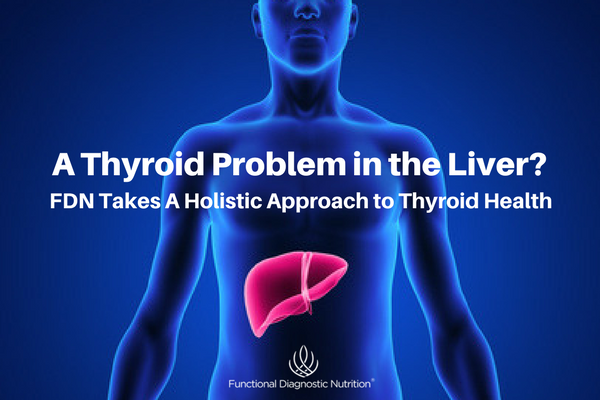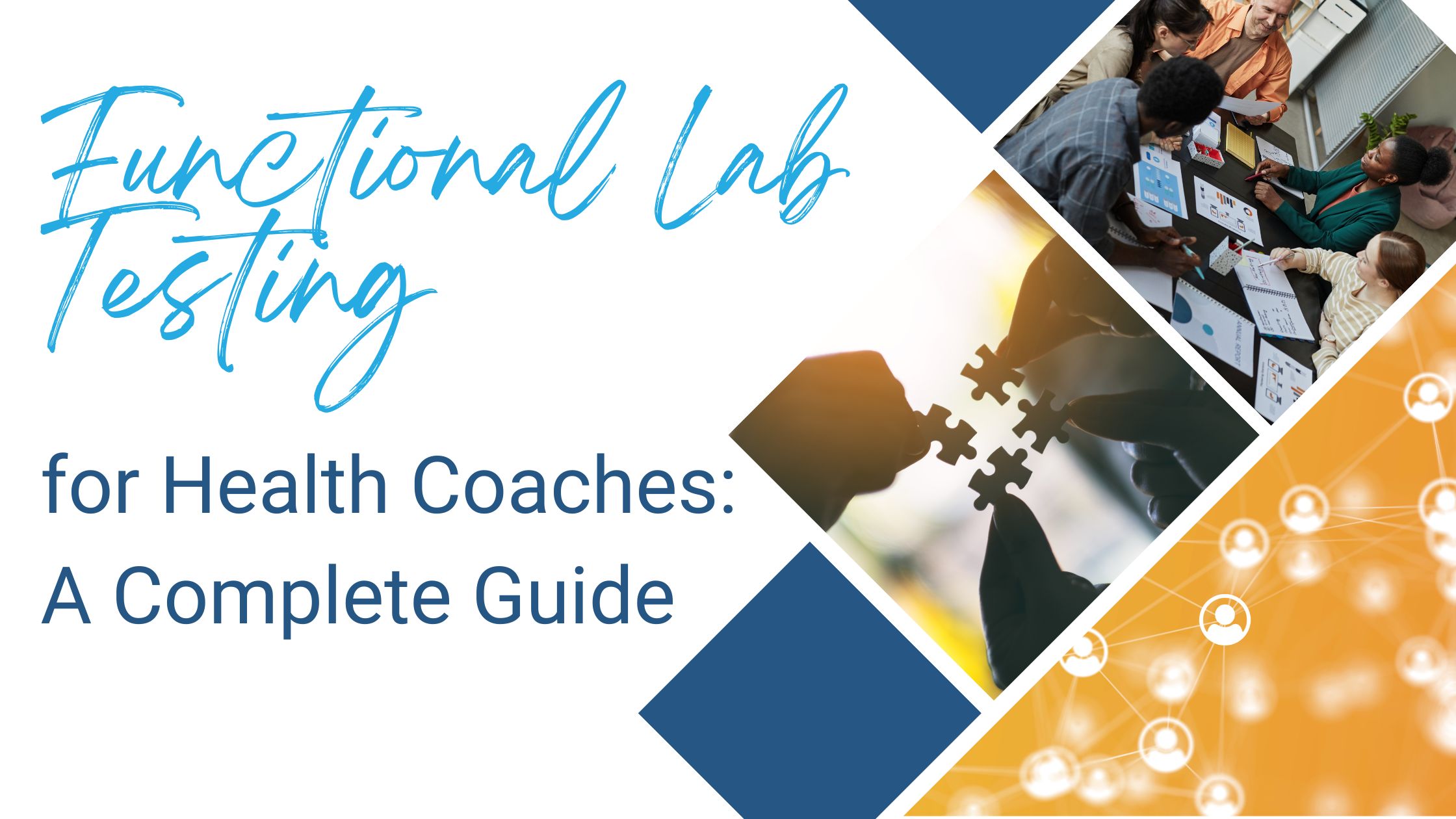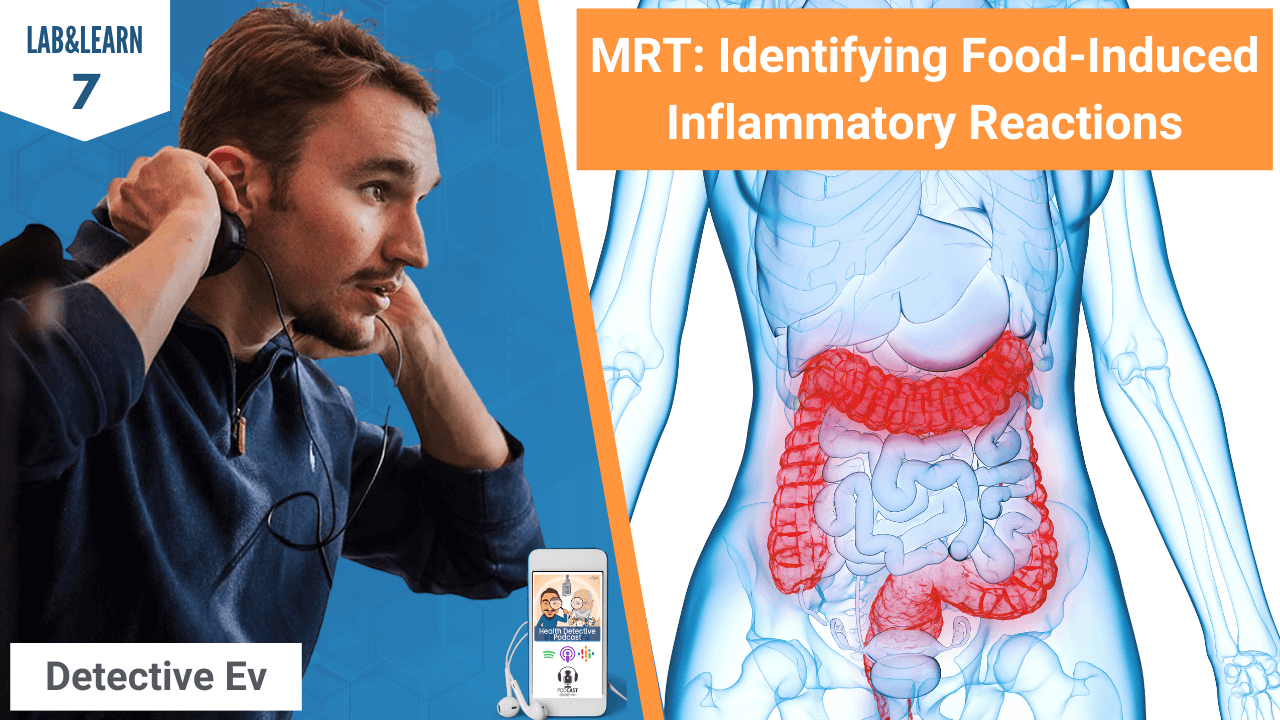Treating thyroid problems can be like sleuthing a medical mystery. Hormones are prescribed, but the client keeps returning with new complaints and still tired.
The Functional Diagnostic Nutrition® approach to whole-body balance is a better way to deal with thyroid health because the hypothalamus-pituitary-thyroid (HPT) axis, the liver, and the gut are all involved in hormone production. The problem may not be in the thyroid. A holistic approach supports every metabolic pathway used by thyroid hormones, and casts a wide net over the whole matrix.
A master hormone
Every cell in the body has a receptor for thyroid hormone. It is fuel for cell metabolism, which means every function in the body depends upon it for energy. Many symptoms are associated with thyroid malfunction because without good energy, cells can’t do their job.
We see a lot of congested livers and dysfunctional guts. Two of our foundational tests at FDN look at these functions. Clearing these issues often fixes things far removed from the liver and the gut. The body simply goes back to functioning well, as malabsorption in the gut is corrected, gut flora is balanced, the liver begins converting T4 to T3 more efficiently, and rT3 is balanced with T3.
HPT Axis
The chain reaction begins in the brain with the hypothalamus.
The hypothalamus (TRH) — pituitary (TSH) — thyroid (T3 and T4)
The Liver has three jobs when it comes to thyroid function:
- It converts T4 to T3 (the only usable form of thyroid hormone). The enzyme used in the liver for this conversion process is dependent upon selenium. Many people suggest taking selenium for thyroid problems, but it’s important to realize that selenium supports liver function.
- It binds T3 to thyroxine-binding globulin (TBG). This function helps regulate delivery of the hormone to the right cells.
- It produces reverse T3 (rT3). A healthy ratio between T3 and rT3 keeps our cells from burnout. High T3 is like pouring gasoline on logs in a fire. It burns the logs up quickly and the house isn’t warmed. RT3 helps control cell burnout by putting a limit on how much T3 is produced in the liver.
Therefore, there are three problems with a dysfunctional liver:
- Too little thyroid-binding globulin – high T3. Burnout.
- Too much thyroid-binding globulin – low T3. Thyroid symptoms.
- Too much RT3 – low T3. Thyroid symptoms.
Good gut bacteria and bad gut bacteria both influence T3.
Good bacteria, friendly flora, reactivates T3 sulfate and T3 acetic acid in the gut. This source of T3 makes up a fifth, or 20%, of your available thyroid hormone.
Bad bacteria releases neurotoxins called lipopolysaccharides in the gut, which disrupt conversion and wreak havoc in other parts of the body.
Neurotoxins, a byproduct of bad bacteria:
- Suppress conversion to T3 in the gut.
- Migrate through leaky gut, end up in the liver, contributing to dysfunction there.
- Enter the bloodstream, migrate to the pituitary, resulting in low TSH, and then low thyroid production.
- Lipopolysaccharides, and other toxins, affect receptorship inside the cells.
Neurotransmitters and Inflammation:
Gut dysfunction affects neurotransmitter production, such as serotonin. Neurotransmitter disruption affects the hypothalamus, causing low production of TRH, right at the beginning of the chain.
Inflammation also often originates with gut dysbiosis, and it also affects hypothalamus function.
Dysbiosis, leaky gut, and liver dysfunction are a vicious cycle. They create a bad feedback loop, and thyroid hormone production takes a big hit. Weight gain results. Fat cells produce inflammatory cytokines that cause problems with the HPT axis, HPO axis (ovarian), and HPA axis (adrenal).
This is why a whole-body, holistic approach is necessary for thyroid health
We’ve looked at the liver’s conversion and binding processes. We’ve looked at the need for thyroid-binding globulin and rTS. We’ve looked at how 20% of thyroid hormone is coming out of the conversion happening in the gut with good, healthy flora. We’ve seen how the production of bad bacteria in gut dysbiosis will have a suppressive effect on the hypothalamus and the pituitary, and cause liver dysfunction. Lastly, we’ve seen how inflammation can have a direct effect on receptorship within cells.
Taking T4, like Synthroid, isn’t going to fix this metabolic chaos®.
We test for malfunction, and we educate clients in a model of self-care that enables them to reverse these conditions. We teach them to remove inflammatory foods, and take care of anything else that contributes to this chain reaction. As they learn self-care and we support their whole body through functional tests that reveal healing opportunities, we see restoration.
If you are a patient, interested in working with a trained practitioner and learning this model of self-care, go to fdnselfcare.com to find a qualified FDN practitioner.
To get trained in this exciting method of treating the whole body go to functionaldiagnosticnutrition.com to learn more about our self-paced, online course. Being a health detective is exciting work. Healing happens when we support the whole body.







